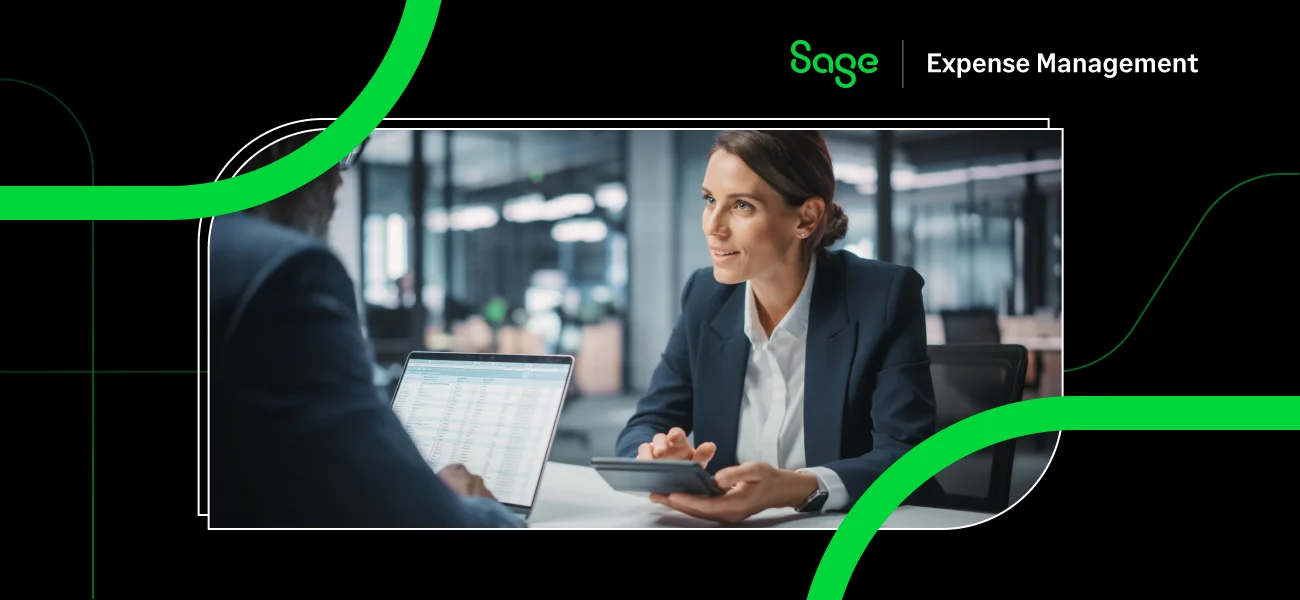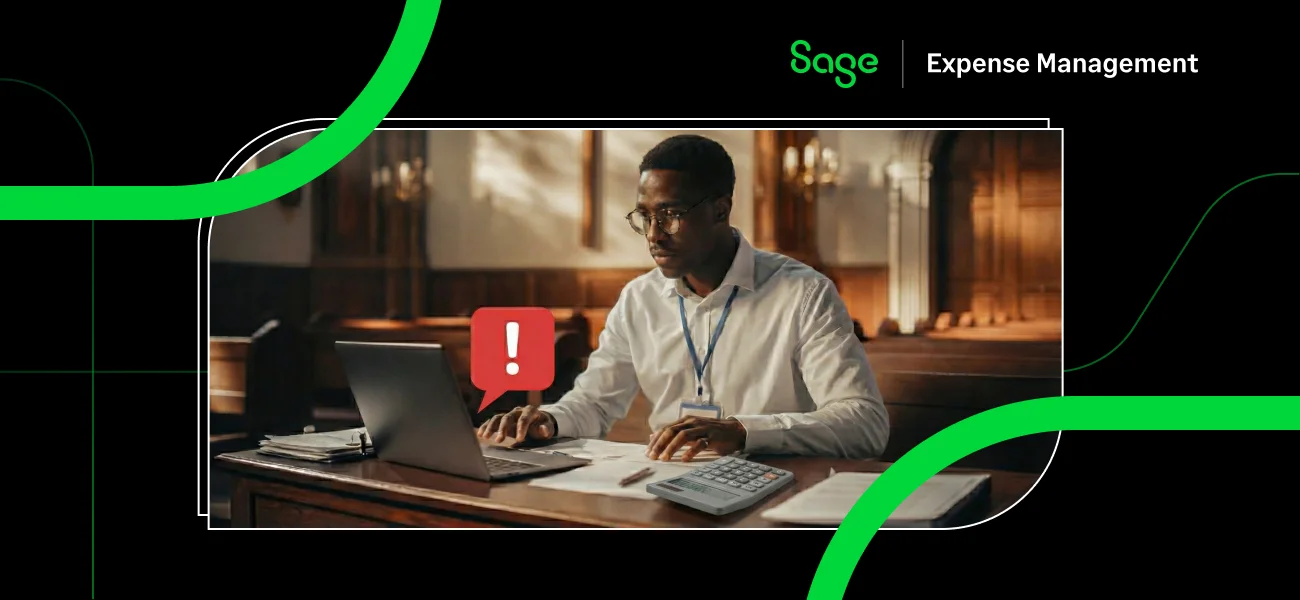Running a restaurant has always come with a long list of expenses. Some of them are fixable, and some you don't have control over.
But when it comes to operating costs like food, utilities, and recruiting, businesses can optimize for these costs. The restaurant industry is no different.
This is a quick read to help restaurant owners better manage their restaurant expenses and save on costs. So let's get started!
Why should restaurant owners care about managing expenses now?
COVID affected the supply and distribution chains
COVID has affected all aspects of the supply and distribution chain, from farm production to food processing, logistics, to consumption. Additionally, rules of social distancing, labor sickness, and lockdown measures have led to disruptions in food processing. This has also shown a reduction in the availability of seasonal workers for planting and harvesting.
The fruit and vegetable sector has been affected by disruptions to air freight, container and truck transport, delays in border inspections, and quarantine measures. As a result, the hospitality industry today, faces long delivery times, food shortages, and price increases.
Change in the way business happens
According to the 2021 State of the Restaurant Industry Report, 68% of consumers were more likely to order delivery from a restaurant. As a result, dine-in restaurants had to develop a delivery system to meet their customers' changing demands.
While customers are ready to place online orders, third-party delivery apps usually keep high commission fees, thus eating into the restaurant profit margins. This makes it increasingly crucial for restaurant owners to save costs where they can. By the way, you should take into account some of the problems faced by couriers. It will decrease risks with the delivery and you will prevent creating any new expenses as well.
Influx of varying sorts of customer payments and receipts
Covid-19 brought in a series of new situations for restaurants - people started dining-in less, some preferred takeaways while the vast majority began to order online. This meant varying bills and distributed documentation. Missing, incomplete, or inaccurate statements and documentation translated into financial leaks that could cost your restaurant dearly.
On the other hand, restaurants that were already online, with such a great influx of digital receipts, needed the right automation tools to manage their expenses as traditional spreadsheet or paper-based expense reporting just won't cut it anymore.
Increase in operational costs
Packaging costs and delivery commissions quickly started eating into the restaurant profit margins. But even that’s not the full story.
The hospitality industry experienced the highest employee resignation rate and the biggest labor crisis. As a consequence, restaurants are constantly looking for new employees and spending huge resources on recruitment and training. Last but not least, restaurants were forced to spend more and more on marketing to ensure reservations and foot traffic.
Zero visibility into business expenses
Demand greatly fluctuated during the pandemic, but restaurants still had to invest in operational costs like paying salaries, packing charges, raw material procurement, utility bills, etc.
With a mix of physical and digital, there is no mechanism for proper documentation of these expenses. Having lesser visibility and control here means that restaurant owners have no way of finding where they’ve been underspending, overspending, or if there are any financial leaks in the system that need to be plugged instantly.
To ensure you have a better idea on how to manage your restaurants expenses we’ve put together this quick guide of tips that can help you streamline and regain complete control over your restaurant’s finances.
How can restaurant owners better manage their business expenses?
Understand how COVID has impacted customer behavior and buying habits
One person with COVID-19 can potentially transmit the virus to 5-6 people, with newer variants being more virulent. That’s one of the main reasons why customers are more hygiene-savvy and want to reduce contacts. To meet this demand, restaurants should diversify payment methods, enable mobile payments, offer self-ordering kiosks, allow mobile-enabled menus, allow curbside pick-up and outdoor seating, use robot cleaners if possible.
Save on utilities
According to National Grid, US restaurants spend on average $3.75 per square foot per year on electricity and natural gas. It means that a restaurant of 2,000 square feet spends $7,500 on utilities annually. Here are just a few tips for cutting on utility costs:
- Switch to compact fluorescent light bulbs or LED bulbs. They use less energy, last longer, and are environment-friendly at the same time.
- Run the dishwasher when it’s full. You will cut back on the water, soap, and energy costs.
- Lower the dishwashing temperature. The higher the temperature, the more energy is needed to heat the water.
- Use the washing machine when it’s full. When possible, wash tablecloths and table napkins in cold water. It’s very energy-consuming to heat the water.
- Use water flow regulators and limit the amount of water flowing out of your restaurant faucets.
- Repair leaky faucets as drips eventually add up and waste water.
Optimize costs for delivery and packaging
Third-party delivery services sometimes require a one-time activation fee and may request up to 30-40% commission fee per order.
Maintaining your in-house delivery team is 46-50% cheaper than using third-party delivery services. In addition, you will be collecting 100% of the profits from each order, building more personalized relations with customers, and increasing loyalty. However, this approach requires significant upfront costs, including vehicles, employees, training, etc.
When it comes to reducing the packaging costs, you should opt for raw materials like cardboard boxes. Additionally, offset printing is more cost-effective for high volumes, while digital printing is used on a smaller scale.
Use a restaurant management system to track your data
Which menu items are the most popular? Which menu items bring the highest profit? Do you have enough stock?
Unfortunately, while you need to know the answers to these questions, you can’t track all orders and available ingredients manually. That’s time-consuming and a highly error-prone way to manage inventory.
Which menu items are the most popular? Which menu items bring the highest profit? Do you have enough stock? While you need to know the answers to these questions, you can’t track all orders and available ingredients manually. That’s so time-consuming and the risk of making mistakes is extremely high.
To help fix this problem, restaurants can use a restaurant management system. It comes with dozens of benefits that help save time and automate repetitive and time-consuming tasks. The software also comes with data analytics to help you make better cost-saving and doubling options. You can also use some design tools to create an unique menu for your restaurant. For example, Visme has unique menu maker.
Use an expense management software to manage all business expenses
Without an expense management software, it can become challenging to keep track of your expenses and receipts. As a small business owner, you need to have tighter control and better visibility into your business expenses, and an expense software allows you to do just that.
An expense software can:
-Scan and digitize your physical receipts,
-Categorize your expenses,
-Manage your card transactions,
-Import statements,
-Detect fraud and duplicates,
-Give insights on finance operations, spending patterns, risks, etc.
-Integrate with your existing accounting software so that you can automatically sync all your expense data and maintain accurate bookkeeping.
Choose your suppliers wisely
Cutting down on food costs is one of the best ways to increase your profit margins. Here are a few tips to help you achieve it:
-Try to buy everything from the same vendor. You will get discounts and keep things organized.
-Compare multiple vendors and negotiate prices.
-Use scales when buying a new batch of ingredients from your suppliers. Maybe everything is correct from their side, but double-checking is always a good idea.
-Shrink the delivery down to 2-3 times per week instead of 5-6. Deliveries cost extra money for the supplier, so it will also affect the food costs.
Final thoughts
Most of these cost-saving tips are easy to implement, and you will start seeing results very quickly. However, your efforts will have no meaning if your team members don’t care about reducing costs. For that reason, gather employees and talk about the impact of small actions on the success of your restaurant.




.webp)














